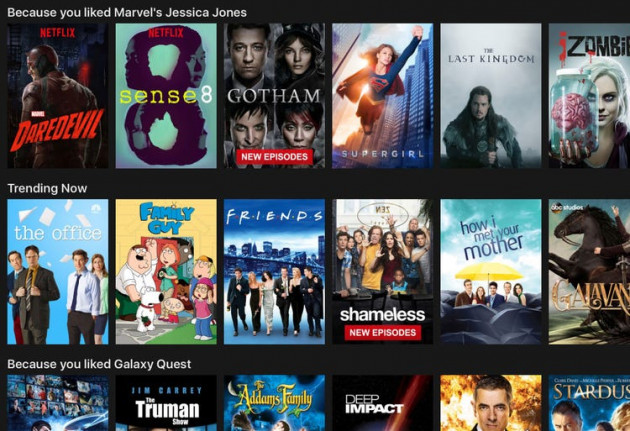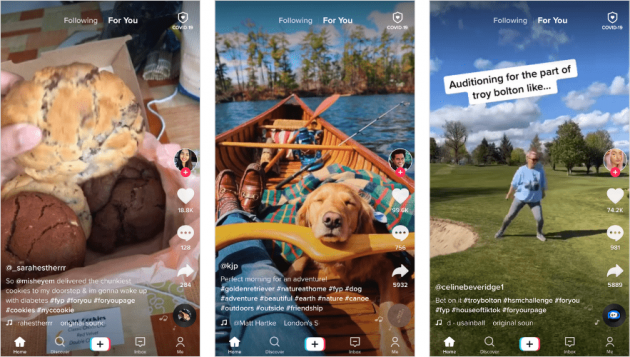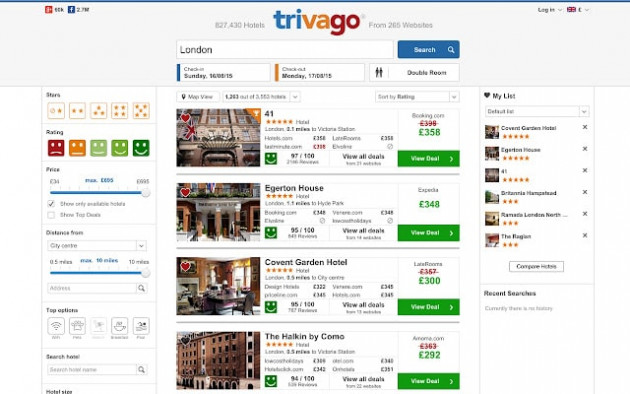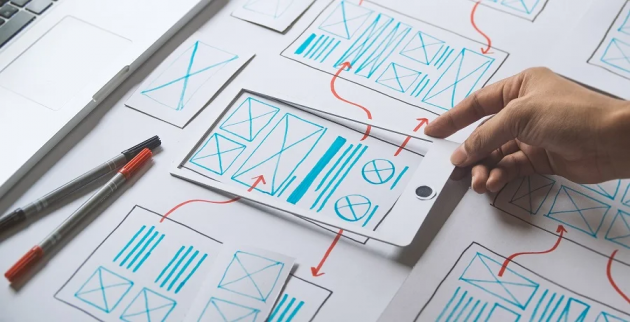Studies show that smartphone users open an average of nine apps per day. Staying relevant and valuable is the way to make sure you’re one of those nine.
And the way to do that is with useful personalisation strategies to take your user experience (UX) to the next level.
A personalised customer experience can be utilised through the app in every stage of the user journey. They might be a first-time user, someone who uses the app every day, or someone who has stopped using the app and needs to be re-engaged. You need to think about personalisation during their research phase, the browsing phase, the purchasing phase and the post-purchase phase.
There’s a fine balance with UX personalisation, between showing you know too much information about a user, and adding details that show you understand them and what they may be looking for. ‘Previously bought’, ‘people also bought’ and ‘recommended just for you’ are great personalised experience examples.
You can also use people’s names. As Dale Carnegie says ‘a person’s name is to that person the sweetest and most important sound in any language.’ Showing you know where they live or anything to do with their social profiles may be a bit too far in the wrong context.
What are Personalised Apps?
Similar to personalisation in other types of marketing, personalised apps are created for a specific group of users. They meet the needs of your audience, rather than a more general user group. They then use algorithms and data to understand and build up a picture of the users and give them personalised recommendations and marketing.
This could mean recommending products that other users bought. And the tech and algorithms getting to know and understand your users and seeing patterns based on what they bought.
Ways to Personalise Apps
AI and algorithms
With e-commerce, integrating the app with the website can help you see a customer’s past purchases, allowing you to provide personalised recommendations for items they might like the next time they open the app.
Push notifications
You can send notifications to let them know about discounts or if they’ve won a prize, auction or bet.
Relevant content
Using people’s names. Tips for caring for the product. Relevant blog posts based on the user’s searches and buying products.
Through the user journey
Think of the user journey as:
1 - Download the app
2 - Create an account
3 - Their first sessions (pages)
4 - Subscribing to notifications
5 - Opening the app for a second, third, fourth time
6 - Establishing patterns of use
7 - Buying products
8 - Returning to the app post-purchase
Personalised Customer Experience Examples
‘Because you liked…’ gives personalised suggestions for other movies and TV shows you might want to watch, based on the shows you’ve watched before.

Image Source: https://www.businessinsider.com/how-netflix-recommendations-work-2016-9
‘Interesting finds’ page. ‘Other users also bought’. Past customer app searches and purchases lead to a personalised shopping experience.

Image Source: https://techcrunch.com/2016/11/28/amazon-expands-its-online-gift-shop-interesting-finds-adds-human-curation/
The ‘For You’ page. The app learns what users like very quickly and serves up similar videos right on the homepage under the ‘For you’ banner.

Image Source: https://later.com/blog/tiktok-algorithm/
This hotel-comparison app remembers your last search and provides suggestions with the newest prices and best deals.

Image Source: Trivago.com
This newspaper app remembers the types of stories, countries and regions you read about most, and uses these to deliver more of these to your personalised front page when you open the app.

Image Source: Theguardian.com
Benefits of App Personalisation
What do all of these personalised apps have in common? They’re the best performing apps in the world, and with the most traffic. They understand their users really well, and they serve them exactly what they want to see.
Why is it important? It keeps users engaged and it also drives more sales and revenue to your business. If you recommend products that people are likely to buy it improves revenue.
In the age of online shopping we no longer have personalised shopping experiences from knowledgeable shopping assistants. And including personalisation as your app UX strategy can give a sense of this.
And the main thing is that personalisation is now expected by customers. If you don’t provide it, your user experience will be missing something. Nearly 25% of people abandon an app after the first use.
ADAMAPP: Personalised App Creators
One of the best ways to develop a personalised shopping experience for a user is to provide a loyalty app.
ADAMAPP developed the Tesco app, which has used personalisation to create some exceptional UX results.
- More than 12 million personalised push notifications are sent through the app every year, resulting in a remarkable 25% conversion rate.
- Users of the app spend 3x more than those shopping exclusively online - thanks in no small part to the UX personalisation capabilities of the app.
The Nutrimimi app developed by ADAMAPP. Created for pregnant women and new mothers, the app provides information to help them navigate this new phase of their lives, with articles from qualified professionals. But it also includes places for women to input information about themselves and their baby, and to set reminders to help them stick to their preferred routines.
Another exciting use of personalised customer experience is with the use of Augmented Reality (AR) for navigation. Customers can use your app to navigate their way through your premises, whether shop, office or cafe. The app can guide them to their table in a restaurant, for example, using AR, then they could open the menu to see personalised recommendations, based on past orders or stated preferences.The opportunities for AR app personalisation are huge and varied, and have the potential to lead to significant rewards for both customers and businesses.If you’d like help with your UX strategy and how to maximise the potential of app personalisation, get in touch with ADAMAPP.

